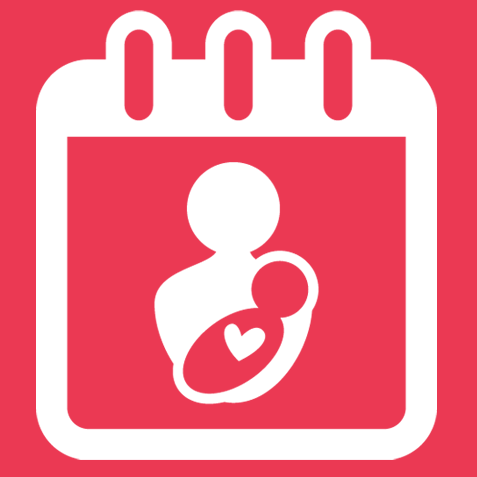Pregnancy is a remarkable journey that spans approximately 40 weeks, divided into three distinct phases known as trimesters. Each trimester brings unique changes and developments, both for the baby and the expectant mother.
Understanding these pregnancy trimesters can help prepare mothers-to-be for the physical and emotional changes they may experience during this transformative time. In this blog post, we’ll delve into each trimester and highlight what to expect at each stage of pregnancy.
Contents
First Trimester (Week 1 to Week 12)
The first trimester is a crucial period of growth and development for the baby. During this time, expectant mothers may experience various symptoms due to hormonal changes. Common features of the first trimester include:
1. Early Pregnancy Symptoms:
These may include morning sickness, fatigue, breast tenderness, and frequent urination.
2. Formation of Major Organs
By the end of the first trimester, the baby’s major organs, such as the heart, brain, and lungs, have begun to form.
3. Confirmation of Pregnancy
Around week 6, expectant mothers may have their first prenatal check-up to confirm the pregnancy and monitor its progress.
4. Emotional Changes
Hormonal fluctuations can lead to mood swings and heightened emotions during the first trimester.
Curious about your baby’s arrival? Utilize our Asha Pregnancy Calculator to calculate your due date and prepare for the most special day of your life.
Second Trimester (Week 13 to Week 27)
Often considered the “honeymoon period” of pregnancy, the second trimester brings relief from some early symptoms and marks significant developments for both the baby and the mother:
1. Visible Baby Bump
As the baby grows, the expectant mother’s belly begins to show, and she may start feeling the baby’s movements.
2. Increased Energy
Many women experience a surge in energy and a decrease in morning sickness during the second trimester.
3. Fetal Movement
Around weeks 18 to 20, expectant mothers typically feel their baby’s first movements, known as “quickening.”
4. Anatomy Scan
Between weeks 18 and 22, an ultrasound called the anatomy scan is conducted to assess the baby’s growth and development.
5. Bonding with the Baby
As the baby’s movements become more pronounced, the expectant mother can begin to bond with her little one.
Third Trimester (Week 28 to Week 40 or Beyond)
The final trimester brings the anticipation of meeting the baby, along with a growing sense of readiness for childbirth. Key features of the third trimester include:
1. Rapid Growth
The baby gains weight rapidly, and the expectant mother’s belly continues to expand.
2. Braxton Hicks Contractions
Women may experience Braxton Hicks contractions, which are practice contractions preparing the body for labor.
3. Preparing for Birth
Expectant mothers attend childbirth classes, create birth plans, and make arrangements for the baby’s arrival.
4. Nesting Instinct
Many women experience a nesting instinct, feeling the urge to prepare their home for the baby’s arrival.
5. Physical Discomfort
As the baby grows, expectant mothers may experience discomfort, such as backaches and difficulty sleeping.
Conclusion
Understanding the three pregnancy trimesters is essential for expectant mothers as they embark on this extraordinary journey. Each trimester presents its own set of changes and milestones, culminating in the beautiful moment of meeting the precious little one. By embracing the physical and emotional changes that come with each stage, expectant mothers can approach their pregnancy with confidence and excitement, knowing that they are nurturing the growth of their baby with each passing day. Remember to seek regular prenatal care, listen to your body’s needs, and cherish the precious moments as you bring new life into the world.

